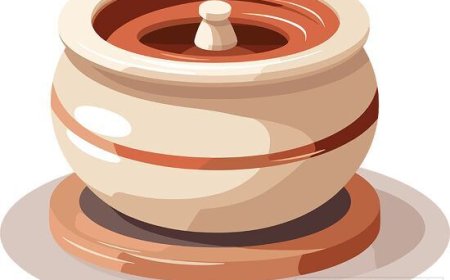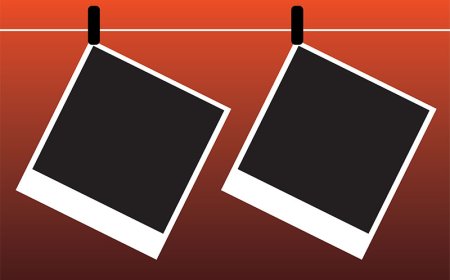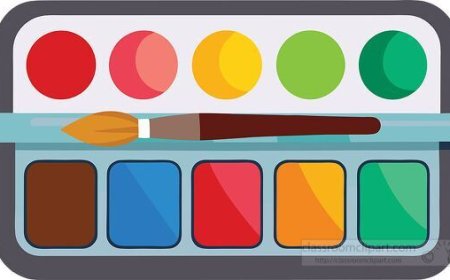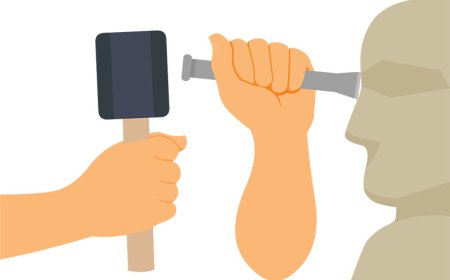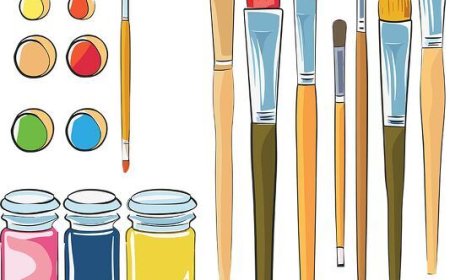What Is Art? Meaning, Forms, and Importance for Students
Learn what art is, its many forms, and why it matters. Explore painting, sculpture, music, and more—perfect for middle school students learning about art.
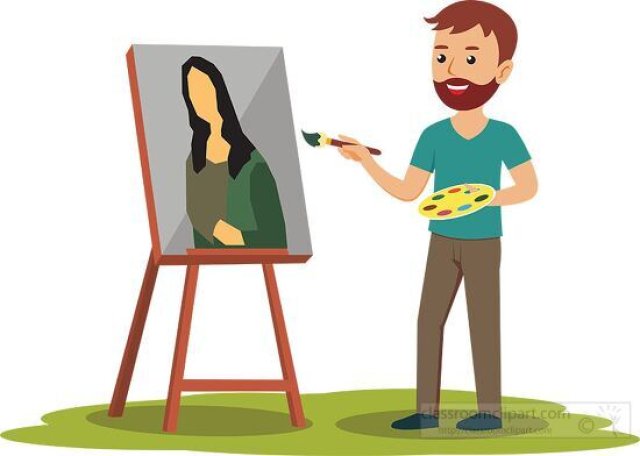
🎨 What Is Art? Understanding the World of Creative Expression
🌟 Introduction: What Exactly Is Art?
Have you ever drawn a picture, listened to a song, or watched a play and felt something deep inside—like happiness, curiosity, or even sadness? That’s the power of art. Art is all around us. It’s in paintings, music, movies, dances, photographs, buildings, and even in the way someone decorates their room.
But what is art, really? Art is a way that people express themselves creatively. It communicates ideas, emotions, culture, and imagination. In this article, we’ll explore the meaning of art, its different forms, how it has changed through history, and why it matters in our lives today.
🖌️ What Is Art?
Art is any human activity that involves creativity, imagination, and skill to express ideas or emotions. It can be visual (like a painting), auditory (like music), physical (like dance), or even digital.
People make art for many reasons:
- To tell stories
- To share personal feelings
- To record history
- To make people think
- To bring beauty into the world
Art doesn’t have to be in a museum to be important. A graffiti mural, a comic book, or even a sandcastle can be art!
🎭 Forms of Art
Art comes in many forms. Here are the main categories:
🖼️ 1. Visual Arts
These are artworks you can see.
- Painting – using colors on surfaces like canvas or walls (e.g., the Mona Lisa)
- Drawing – using pencils, pens, or charcoal to create pictures
- Sculpture – shaping materials like clay, stone, or metal into 3D art
- Photography – capturing images with a camera
- Printmaking – creating art by printing from a surface like wood or metal
- Architecture – designing and constructing buildings
🎵 2. Performing Arts
These are art forms that you watch or hear live.
- Music – sounds arranged with rhythm and melody
- Dance – movement of the body in creative ways
- Theater – acting out stories on stage
- Film – storytelling using moving pictures
✍️ 3. Literary Arts
These include writing in creative and expressive forms.
- Poetry
- Short stories
- Novels
- Scripts for plays and movies
🧪 4. Digital and Media Arts
These combine technology with creativity.
- Digital illustration
- Animation
- Graphic design
- Video games
🕰️ A Short History of Art
Art has existed for thousands of years. In fact, the earliest artworks come from cave paintings made over 40,000 years ago!
Prehistoric Art (Before 3,000 BCE)
- Cave paintings of animals in places like Lascaux, France
- Carvings and tools made by early humans
Ancient Art (3,000 BCE–500 CE)
- Egyptian pyramids with colorful wall art
- Greek and Roman statues of gods and heroes
Medieval Art (500–1400)
- Religious paintings and stained glass windows
- Illuminated manuscripts in books
Renaissance Art (1400–1600)
- Focus on human beauty, science, and realism
- Famous artists: Leonardo da Vinci, Michelangelo
Modern and Contemporary Art (1800–Today)
- New styles like Impressionism, Cubism, Abstract
- Famous artists: Picasso, Frida Kahlo, Andy Warhol
- Modern tools like computers and digital media
🌍 Why Is Art Important?
Art is more than just decoration. It plays a big role in our lives and our world.
- Expressing Feelings: Art helps people share things they can't put into words.
- Recording History: Paintings, music, and photos show us how people lived in the past.
- Cultural Identity: Art reflects the traditions, beliefs, and values of different cultures.
- Inspiring Others: Art sparks creativity and new ideas.
- Solving Problems: Design and visual thinking help solve real-world problems, from logos to city planning.
🧬 Classification and Educational Background
According to educational standards, art belongs to the Humanities and Fine Arts subjects. In U.S. schools, art education includes:
- Art creation – making original art
- Art criticism – analyzing and understanding artworks
- Art history – learning about artists and movements
- Aesthetics – exploring the philosophy of art
Art education is often linked to the National Core Arts Standards (NCAS) and helps students build creativity, collaboration, and critical thinking skills.
🧒 Kid-Friendly Summary
Art is a creative way people express themselves. It can be a painting, a dance, a song, a sculpture, or a story. Art helps us show feelings, share ideas, and understand the world. Whether you're doodling in your notebook or dancing to your favorite song, you're creating art!
🌟 Interesting Facts
- The oldest known art is a red handprint found in an Indonesian cave—over 44,000 years old!
- Leonardo da Vinci took four years to paint the Mona Lisa.
- Theater masks were first used in ancient Greece to show emotions.
- The famous painting "The Starry Night" by Vincent van Gogh was made while he was in a mental hospital.
- The Eiffel Tower was once criticized as ugly—now it's a famous art icon.
📚 Key Takeaways
- Art is a way to express thoughts, feelings, and culture.
- It comes in many forms—visual, performing, literary, and digital.
- Art helps us connect to history, people, and emotions.
- Everyone can create art in their own way.
🗣️ Vocabulary Words
| Word | Definition |
|---|---|
| Art | Creative expression through visual, auditory, or performance forms |
| Visual Art | Art you can see, like painting or drawing |
| Sculpture | Three-dimensional artwork made from materials like clay or stone |
| Architecture | The art and science of designing buildings |
| Impressionism | A painting style focusing on light and color, started in the 1800s |
| Digital Art | Art made with computers or technology |
| Aesthetics | The study of beauty in art and nature |
🎯 Interactive Quiz
1. What is one purpose of art?
A) To confuse people
B) To share emotions and ideas
C) To build machines
2. Which of these is NOT a form of visual art?
A) Drawing
B) Sculpture
C) Singing
3. What is the name of the study of beauty in art?
A) Geometry
B) Aesthetics
C) Chemistry
4. Who painted the Mona Lisa?
A) Vincent van Gogh
B) Leonardo da Vinci
C) Pablo Picasso
5. What is architecture?
A) A type of dance
B) The design of buildings
C) A painting style


















































